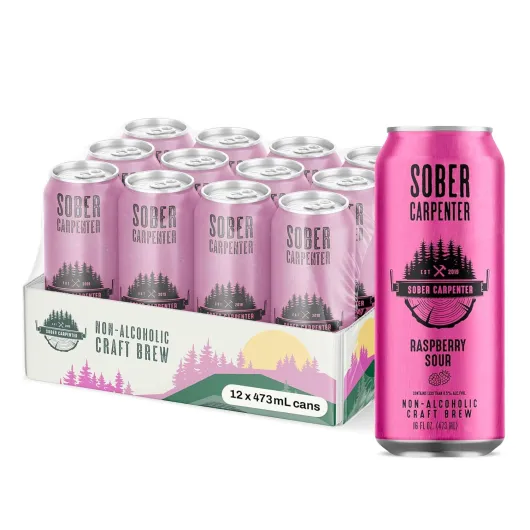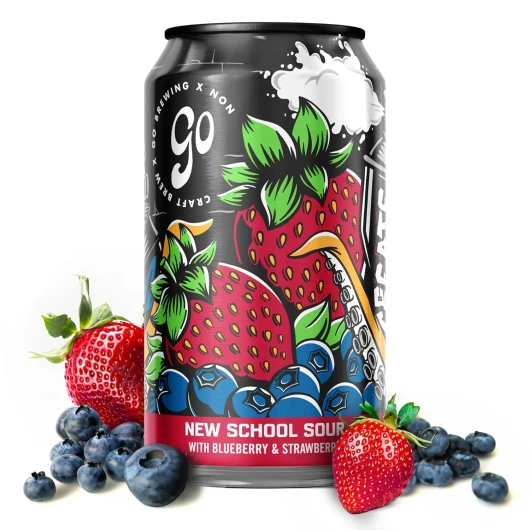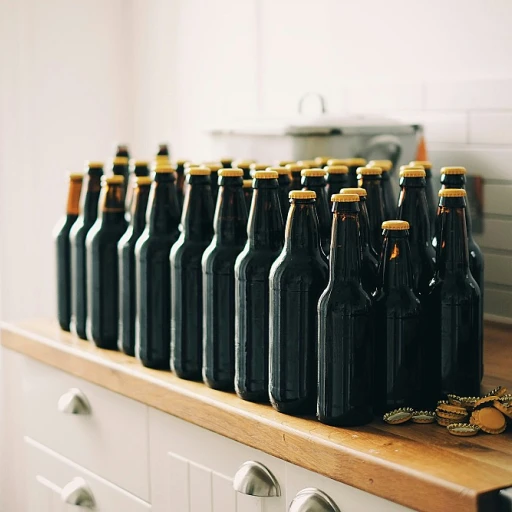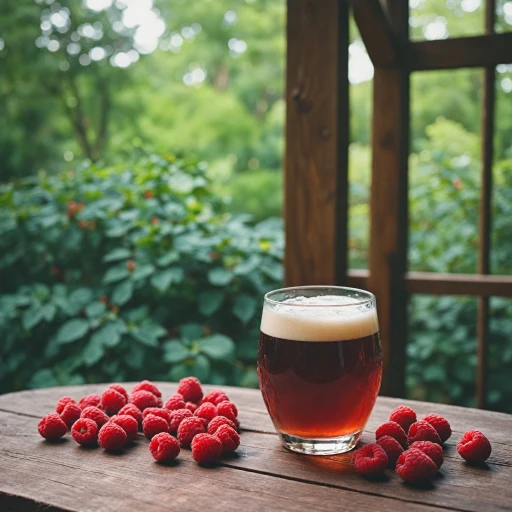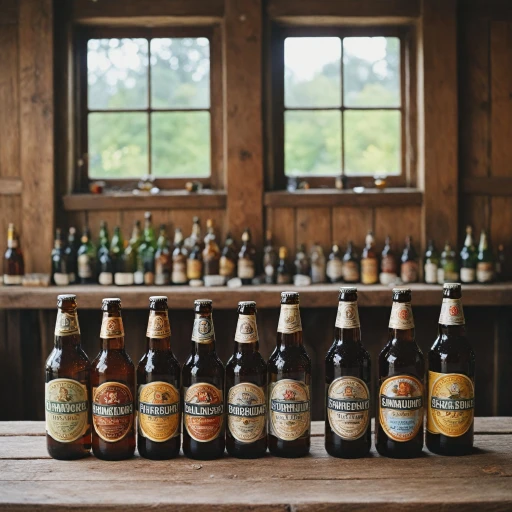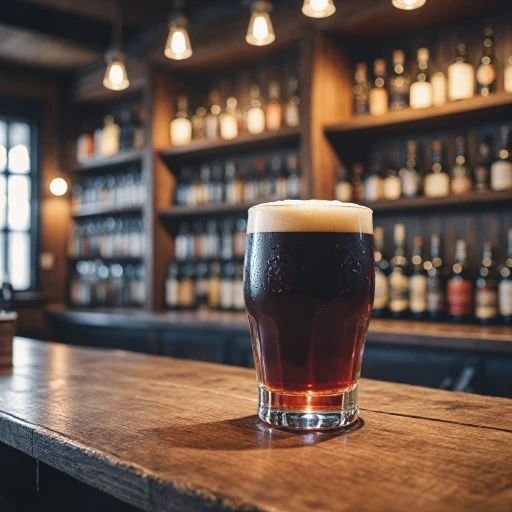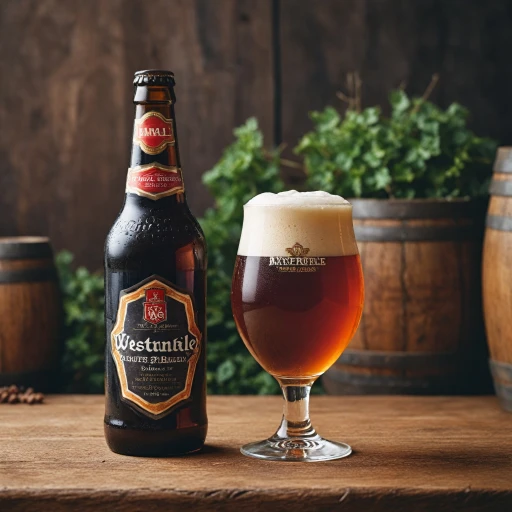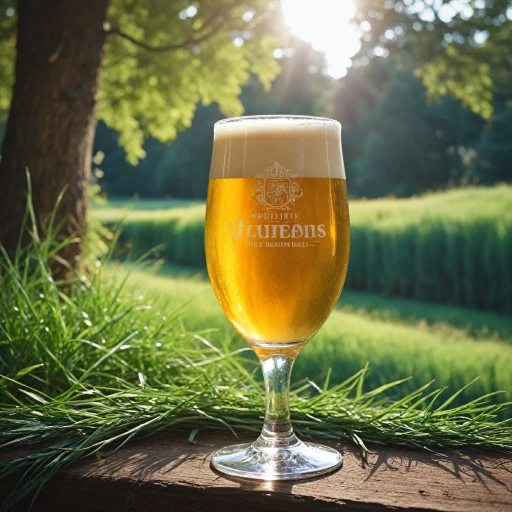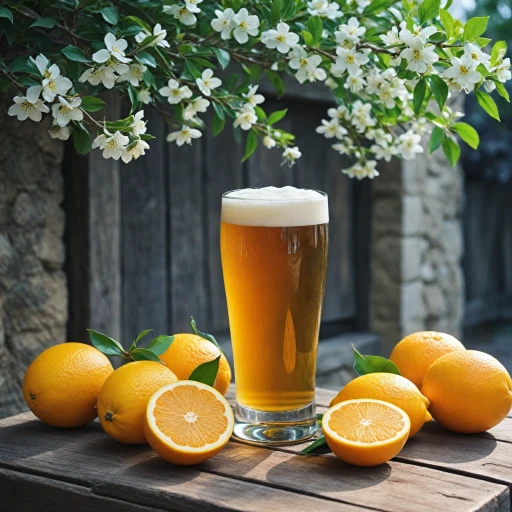
The Basics of Kettle Souring
Unveiling the Art of Kettle Souring
Kettle souring is a fascinating and relatively efficient approach to creating a sour beer, capturing the tangy essence that many beer enthusiasts adore. This method sets itself apart by introducing lactic acid bacteria into the brewing process, providing a sour profile without an extended aging period. The process begins with the wort, the liquid extracted from the mashing process during beer brewing, which is then conveniently heated in the kettle. Here's where it gets interesting: the wort is allowed to cool slightly, creating a welcoming environment for lactobacillus bacteria. This strategic step allows the bacteria to acidify the wort, generating the desired sourness over an accelerated timeline of just a few days. Kettle souring is admired for its ability to produce a sour beer in a fraction of the time compared to traditional souring methods, such as those used in cherry lambic beer. This efficient technique doesn't just save time; it also allows brewers to maintain greater control over the acidity and flavor of the final product, providing an enticing playground for creativity and experimentation. Stay tuned as we delve deeper into the ingredients and techniques that make kettle sours stand out in the brewing world, and how their evolving styles are shaping the beer industry landscape.Brewing Techniques and Ingredients
Crafting the Perfect Tangy Brew
Creating a kettle sour involves a unique set of brewing techniques and ingredients. This method has grown in popularity for its efficiency and intriguing end results. Here's an overview of how brewers achieve that distinct sour tang.
- Mash and Wort Preparation: The process begins much like any other beer. Brewers mash malt to convert starches into sugars, followed by boiling to create the wort—the foundation of beer.
- Lactobacillus Colonization: What sets kettle souring apart is pitching Lactobacillus bacteria before the wort is boiled. This bacterium is responsible for lowering the pH to achieve the desired sourness level.
- Controlled Sourness: Brewers have the flexibility to control sourness by adjusting the temperature and duration of this Lactobacillus phase. This control allows them to cater to a wide range of palates.
- Heat Treatment: Once the desired sourness is achieved, the wort is brought to a boil, halting Lactobacillus activity and ensuring no further souring occurs.
- Hop Addition: Hops are added during this boil phase, balancing the sourness and imparting additional flavors.
- Fermentation and Finishing Touches: The wort is then cooled and yeast is added to ferment sugars into alcohol. Brewers may also introduce fruits, spices, or additional flavorings at this stage for complexity.
Kettle souring not only provides an intriguing journey for brewers but also allows a refreshing diversification of flavors for beer enthusiasts. For those interested in other innovative brewing methods and styles, exploring the world of American wild ale offers further tangy delights.
Flavor Profiles and Styles
Exploring the Tangy and Diverse World of Kettle Sours
Kettle sours are celebrated for their vibrant and refreshing flavor profiles, offering a delightful tanginess that sets them apart from other beer styles. The sourness in these beers is typically more approachable than traditional sour ales, making them a favorite among both seasoned beer enthusiasts and newcomers alike.
One of the most exciting aspects of kettle sours is their versatility. Brewers often experiment with a wide range of fruits and spices to create unique and intriguing flavors. Common additions include berries, citrus fruits, and tropical ingredients, each contributing its own distinct character to the beer. This creative freedom allows for an endless array of flavor combinations, ensuring there's a kettle sour to suit every palate.
In addition to their fruity notes, kettle sours can also exhibit a variety of other flavors, such as floral, herbal, or even earthy undertones. These complexities make them an excellent choice for those looking to explore the rich flavors that beer can offer.
Whether you're enjoying a kettle sour on its own or pairing it with food, its bright and zesty profile can enhance a wide range of dishes. From light salads to spicy cuisine, the acidity of a kettle sour can cut through rich flavors and cleanse the palate, making it a versatile companion at the dining table.
Tasting and Pairing Tips
Tips for Tasting and Perfectly Pairing Kettle Sours
When indulging in the unique flavors of kettle soured beers, it's essential to approach tastings with an open mind and adventurous palate. These beers offer an array of tart and tangy taste experiences, making them an exciting choice for those seeking something beyond the ordinary. To fully appreciate kettle sours, consider the following tasting tips:- Serve at the Right Temperature: Kettle sours often benefit from being served slightly warmer than lighter beers, usually between 45°F to 55°F (7°C to 13°C). This allows their complex flavors and aromas to shine through.
- Choose the Proper Glassware: Opt for a tulip or wine glass to concentrate the aromas and enhance your tasting experience. The flared top of these glasses helps capture and deliver the beer's fragrant notes directly to your nose.
- Observe the Color and Clarity: Take a moment to appreciate the vibrant hues often associated with kettle sours. Whether it’s a deep ruby red from added fruits or a bright, hazy yellow, the visual appeal sets the stage for what's to come.
- Assess the Aroma: Gently swirl your glass to release the volatile aromatics. You might notice notes of fresh fruit, earthy hops, or even hints of yeasty funk if the beer was fermented with wild yeast strains.
- Take Small Sips: Allow the beer to linger on your palate. This not only enhances the experience of the initial tartness but also lets you savor any sweet, fruity undertones or complex spice and herb profiles.
- Tangy and Spicy Dishes: The acidity of kettle sours can complement spicy foods, cutting through the heat and adding a refreshing element.
- Rich, Creamy Cheeses: Pairing with soft cheeses, like brie or camembert, balances the tartness, creating a harmonious contrast that's utterly delightful.
- Fruity Desserts: Fruity or tart desserts, such as lemon tarts or berry-filled pies, align well with kettle sours, amplifying their fruity flavors.

